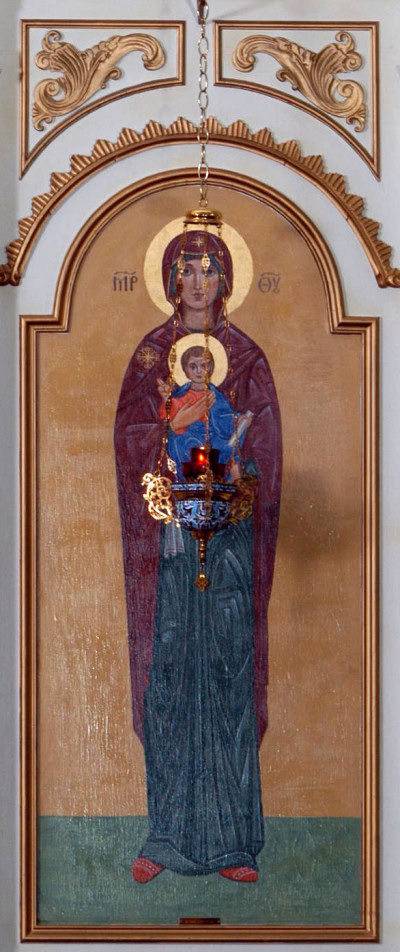 After his Resurrection, Christ appeared to his disciples in Jerusalem and commanded them to preach his gospel (Good News) to all nations, baptizing them in the name of the Father, Son and Holy Spirit. His followers obeyed his command and the Christian Church spread throughout the world.
After his Resurrection, Christ appeared to his disciples in Jerusalem and commanded them to preach his gospel (Good News) to all nations, baptizing them in the name of the Father, Son and Holy Spirit. His followers obeyed his command and the Christian Church spread throughout the world.
The Church immediately took root across the Mediterranean basin in the Apostolic Era. St. Paul made missionary journeys into Galatia (present day Turkey), to the island of Cyprus, and to Greece. The Middle East and the lands around the Mediterranean have had a continuous Christian legacy of 2,000 years.
The Apostle Paul visited and wrote letters to the Philippians, Thessalonians, and Corinthians, and he preached in Athens. Later he preached in Rome where he was martyred.
Five main centers of the early Church were Jerusalem, Antioch, Rome, Alexandria, and Constantinople. The bishop of each of these cities came to be known as a Patriarch. The Patriarch offered his pastoral leadership within his Episcopal See.
- Jerusalem was the city where the Christian faith began;
- Antioch in Syria was the city where the followers of Jesus were first called “Christians” (Acts 11:26);
- Rome was the capital of the Roman Empire in the first centuries after Jesus;
- Alexandria was a great learning center in the time of Jesus, with the largest library in the world; and
- Constantinople became the capital of the Roman Empire when Emperor Constantine the Great built this city on the Bosporus where Byzantium stood and renamed it after himself (literally the “city of Constantine”).
Christians located in the eastern side of the Mediterranean took the Gospel to the Slavic nations, the people to the south in Africa, and those to the east as far as India. Christians from the Western Mediterranean took the gospel into Western Europe and eventually into the western hemisphere.
For the first thousand years, the Christian Church operated as a commonwealth and shared the same beliefs. The Church recognized and abided by the teachings of the first Seven Ecumenical Councils (325 to 787 A.D.). This Church believed in a Triune God (Father, Son, Holy Spirit), in the dual nature of Jesus Christ the Savior (God-Man), in the resurrection of the dead, the second coming of Christ and in eternal life. All of these beliefs are taught by the Holy Scriptures.
The Great Schism occurred in 1054 A.D. which separated the Christian Church into two parts, the Western Church known as the Roman Catholic Church and the Eastern Church known as the Orthodox Church. The Patriarchs of Jerusalem, Antioch, Alexandria and Constantinople continued to head the Orthodox Church.
The Eastern Church was firmly and historically committed to a meeting in councils approach to authority by which decisions of faith, doctrine, canon law and discipline were made through Ecumenical Councils.
Orthodoxy continues to abide by the beliefs and teachings of the historic Seven Ecumenical Councils of the first thousand years of Christianity. It has neither added nor subtracted any basic doctrine from that period. It is the ancient, historic, apostolic, universal (with an intact comprehensive faith) Church.